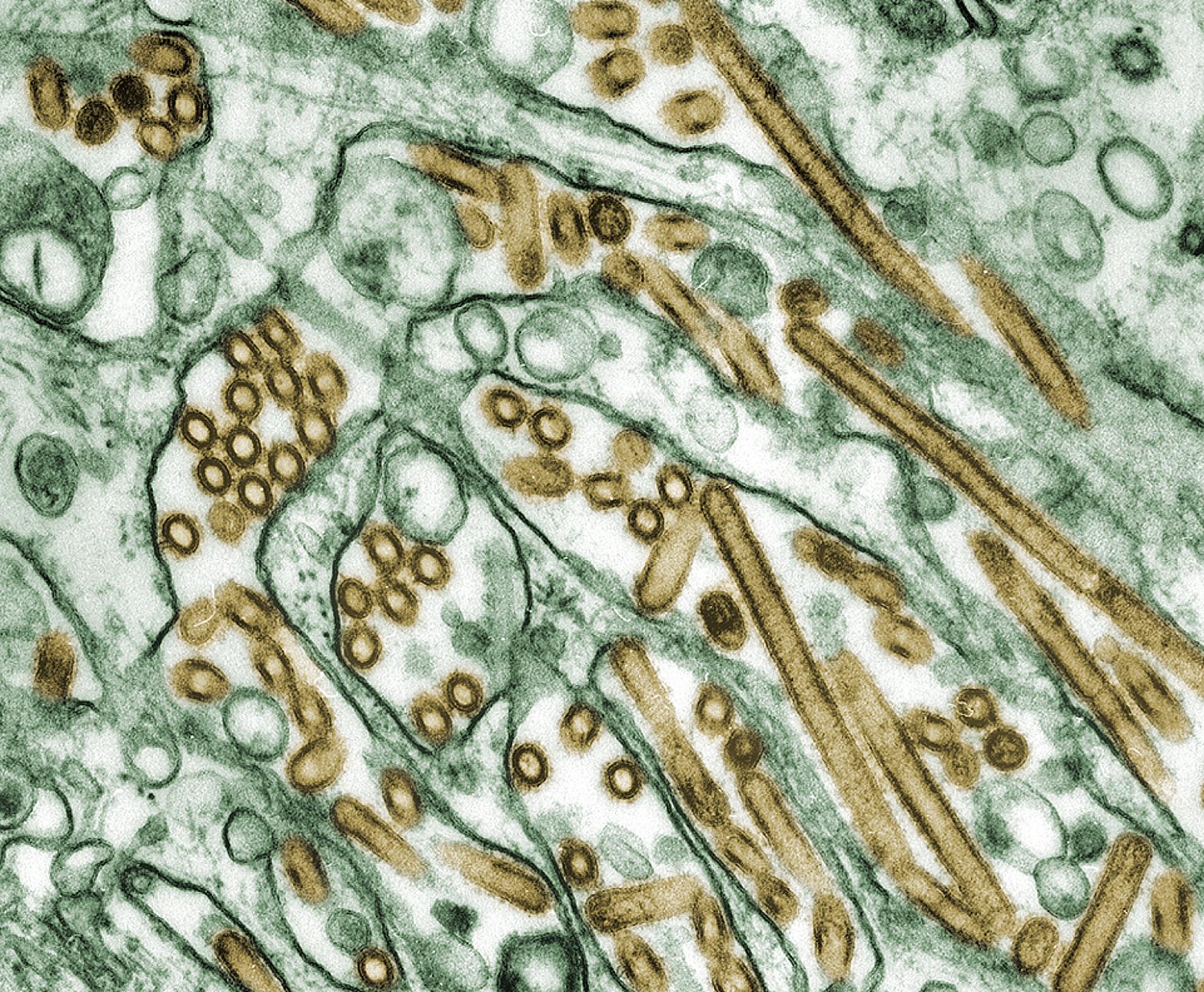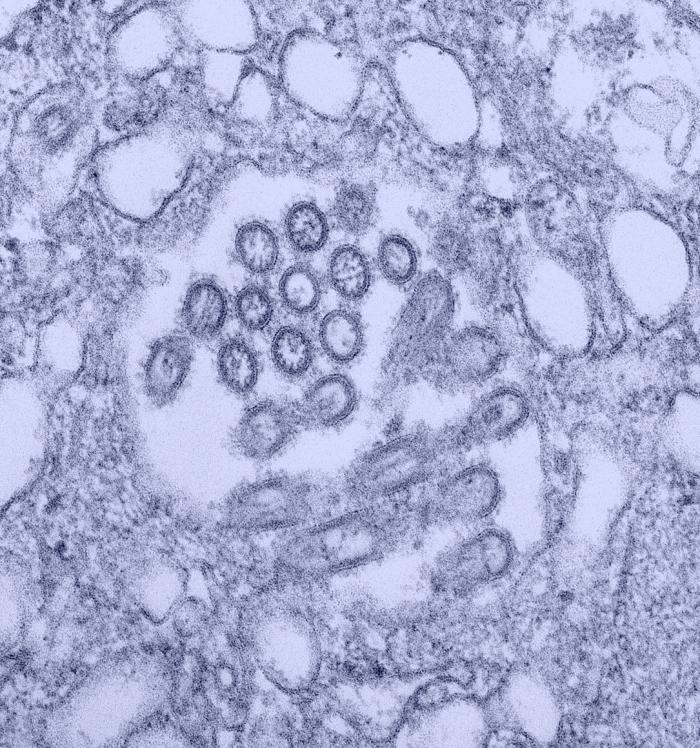A single amino acid in the HA of pH1N1 2009 influenza virus affects cell tropism in human airway epithelium, but not transmission in ferrets
The first pandemic of the 21(st) century, pandemic H1N1 2009 (pH1N1 2009), emerged from a swine-origin source. Although human infections with swine-origin influenza have been reported previously, none went on to cause a pandemic or indeed any sustained human transmission. In previous pandemics, specific residues in the receptor binding site of the haemagglutinin (HA) protein of influenza have been associated with the ability of the virus to transmit between humans. In the present study we investigated the effect of residue 227 in HA on cell tropism and transmission of pH1N1 2009. In pH1N1 2009 and recent seasonal H1N1 viruses this residue is glutamic acid, whereas in swine influenza it is alanine. Using human airway epithelium, we show a differential cell tropism of pH1N1 2009 compared to pH1N1 2009 E227A and swine influenza suggesting this residue may alter the sialic acid conformer binding preference of the HA. Furthermore, both pH1N1 2009 E227A and swine influenza multi-cycle viral growth was found to be attenuated in comparison to pH1N1 2009 in human airway epithelium. However this altered tropism and viral growth in human airway epithelium did not abrogate respiratory droplet transmission of pH1N1 2009 E227A in ferrets. Thus, acquisition of E at residue 227 was not solely responsible for the ability of pH1N1 2009 to transmit between humans.
Back to publications

